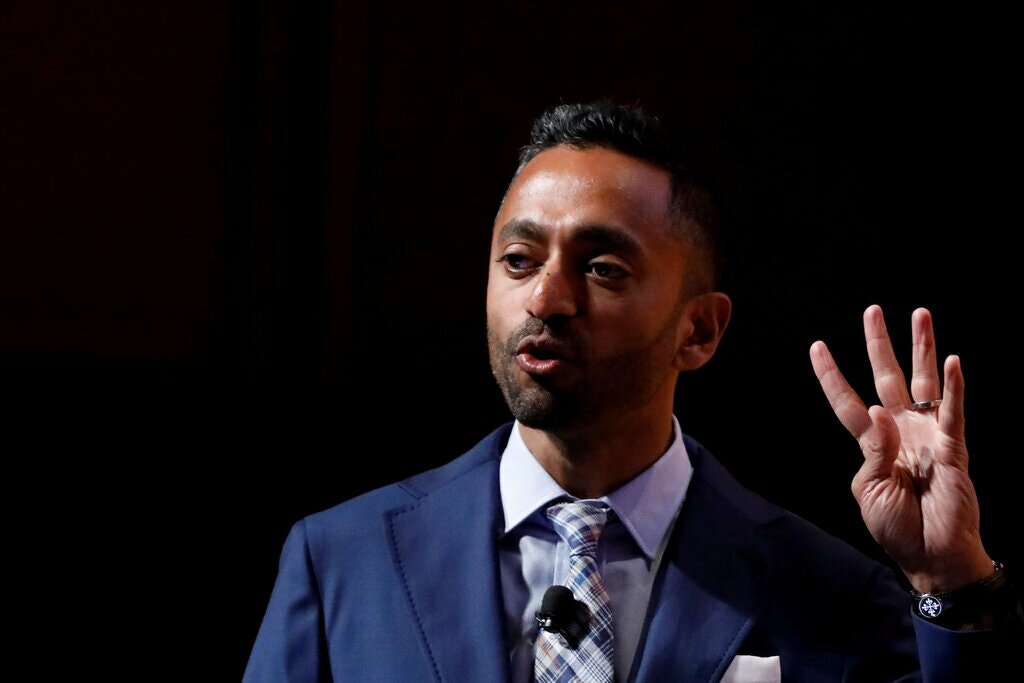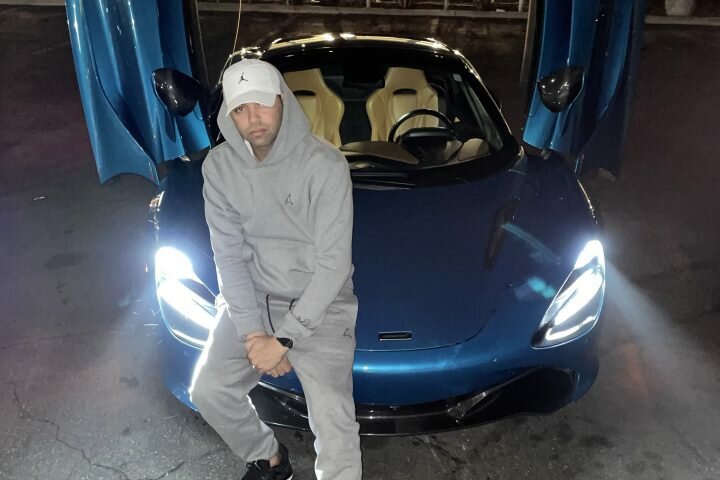Cashing blank checks
It was a difficult year for deal makers to describe. Early on, the pandemic made the notion of corporate takeovers seem, for a few months, like something from a lost era. But then came a burst of activity like few had ever seen before, even as the health crisis raged.
Amid the twists and turns, the single biggest thing on merger advisers’ minds can be summed up in four letters: SPAC.
Short for special purpose acquisition companies, these publicly traded shells are created solely to merge with a privately held business, giving the takeover target a ready-made listing without having to stage an initial public offering. Once dismissed as a shady Wall Street relic, SPACs have since become the hottest tickets in mergers and acquisitions. (In an industry with strong herd instincts, it isn’t much of a stretch to say that nearly anyone who’s anyone has one.)
And as deal makers look ahead to 2021, a common thread to their predictions — from continued growth in blank-check funds to a rise in takeover activity in general — is that things are only looking up from here. There’s perhaps no better sign of that renewed confidence than the surge in SPACs.
As of this week, nearly 45,000 deals worth $3.4 trillion had been announced this year, down 8 percent by number and 7 percent by value from the same point a year ago, according to Refinitiv. What’s remarkable is that the drop wasn’t worse: Overall deals were down 40 percent by value at midyear.
The economic troubles that the pandemic imposed on the deal-making business are well known. But top mergers advisers say the speed and strength of the comeback since late summer surprised them:
- The past few months have seen “one of the most active markets in history,” said Stephan Feldgoise, co-head of global M.&A. at Goldman Sachs.
- “We’re accelerating into the end of 2020,” said Patrick Ramsey, global head of M.&A. at Bank of America. “What started in the more resilient sectors, like health care and tech, has spread across nearly all sectors.”
- “2020 was a miracle,” said Dirk Albersmeier, global co-head of M.&A. of JPMorgan Chase.
Others said the desire for deal-making never went away, even during the depths of the pandemic, but the lull was merely a matter of being able to pull it off. “People saw value during the dark days, but often didn’t have the constituency or support to carry out a transaction,” said Peter Weinberg, the chief executive of Perella Weinberg Partners.
A flood of cheap debt, made possible by the Federal Reserve’s emergency aid measures, and a roaring stock market, another result of the Fed’s money spigot, gave would-be buyers the confidence to go back into the market. Then, they struck the deals they had been eyeing — over Zoom meetings instead of power lunches.
The undeniable star of the deal industry in 2020 was the SPAC. Investors flocked to these blank-check vehicles as they hunted for takeover targets. And an increasingly eclectic range of sponsors — from the former baseball manager Billy Beane to Paul Ryan, the former House speaker — rushed to create yet more funds (see the note about herding, above).
The numbers tell the tale: 242 SPACs were introduced this year, four times the number raised last year, according to SPAC Insider. The average size of a SPAC in 2020 was $335 million, nearly 10 times the amount in 2009.
The appeal to buyers and sellers is apparent. Sponsors generally get a 20 percent stake at very little cost — known as the “promote” — which turns into a big stake in the target company after a merger. Sellers can go public without the hassle or restrictions of a traditional I.P.O., a benefit that attracts venture capitalists in particular.
”We’ve seen higher-quality companies merging with high quality SPACs,” said Mr. Ramsey of Bank of America. “That’s driven strong performance, and sparked more private companies to express interest in SPACs.”







